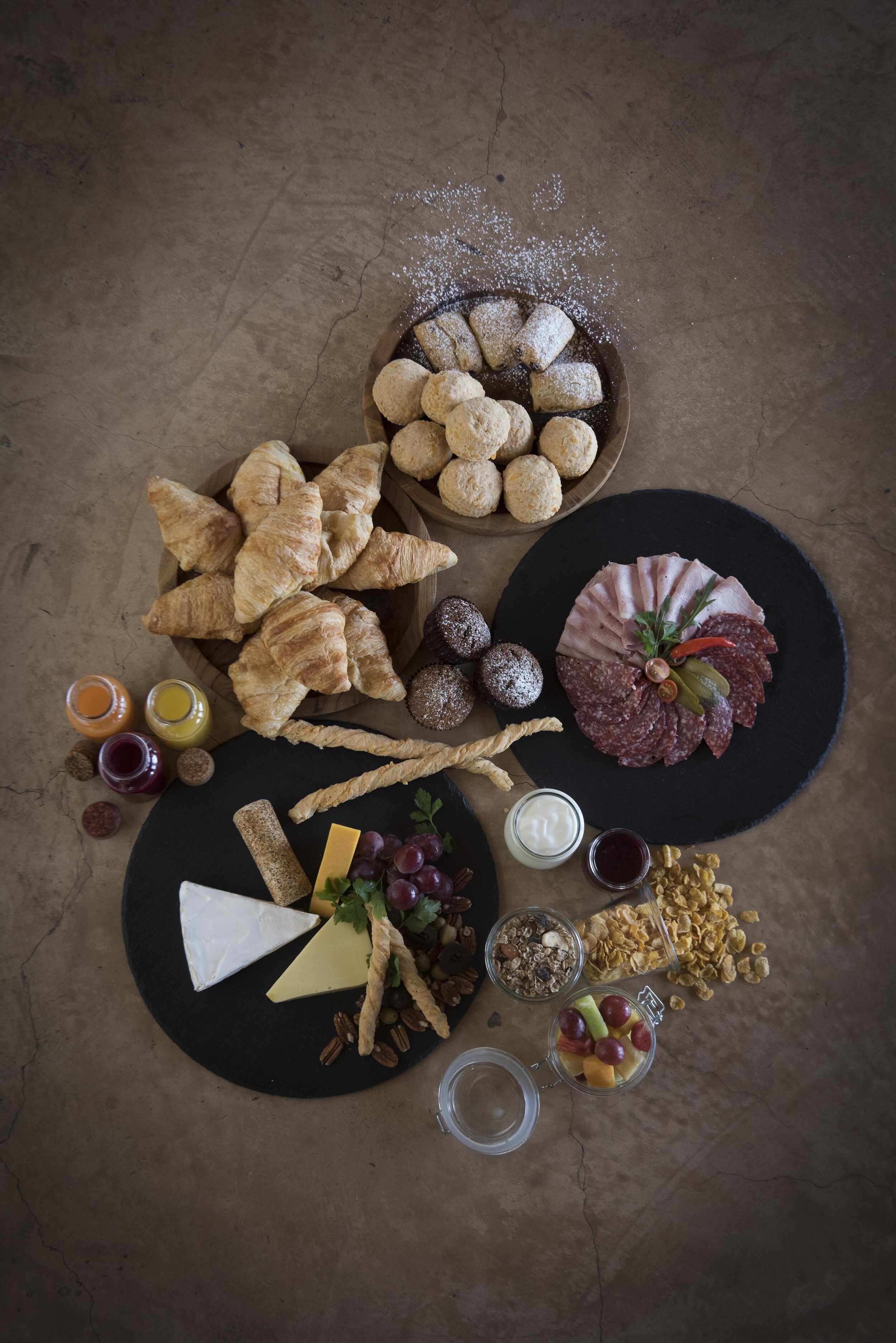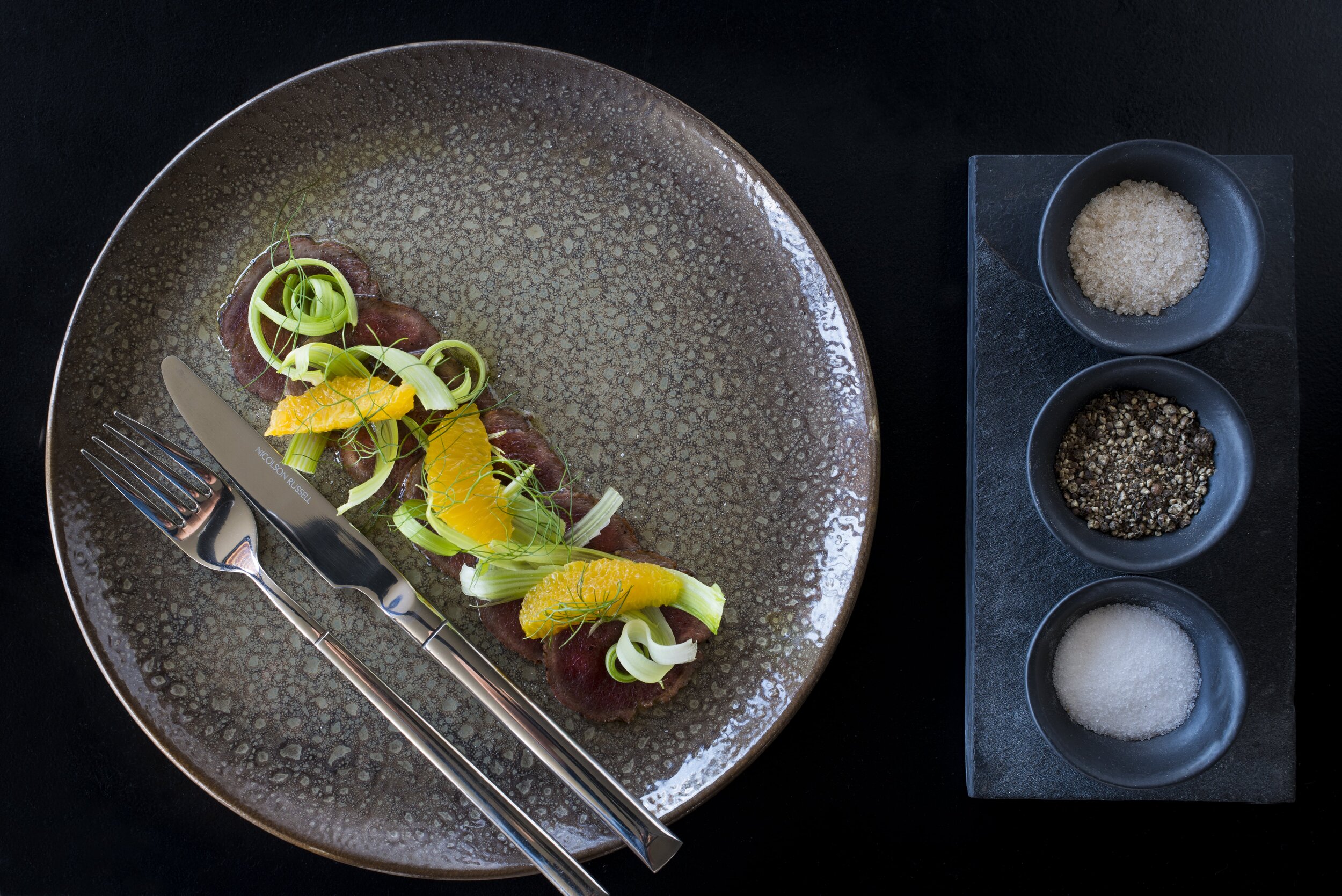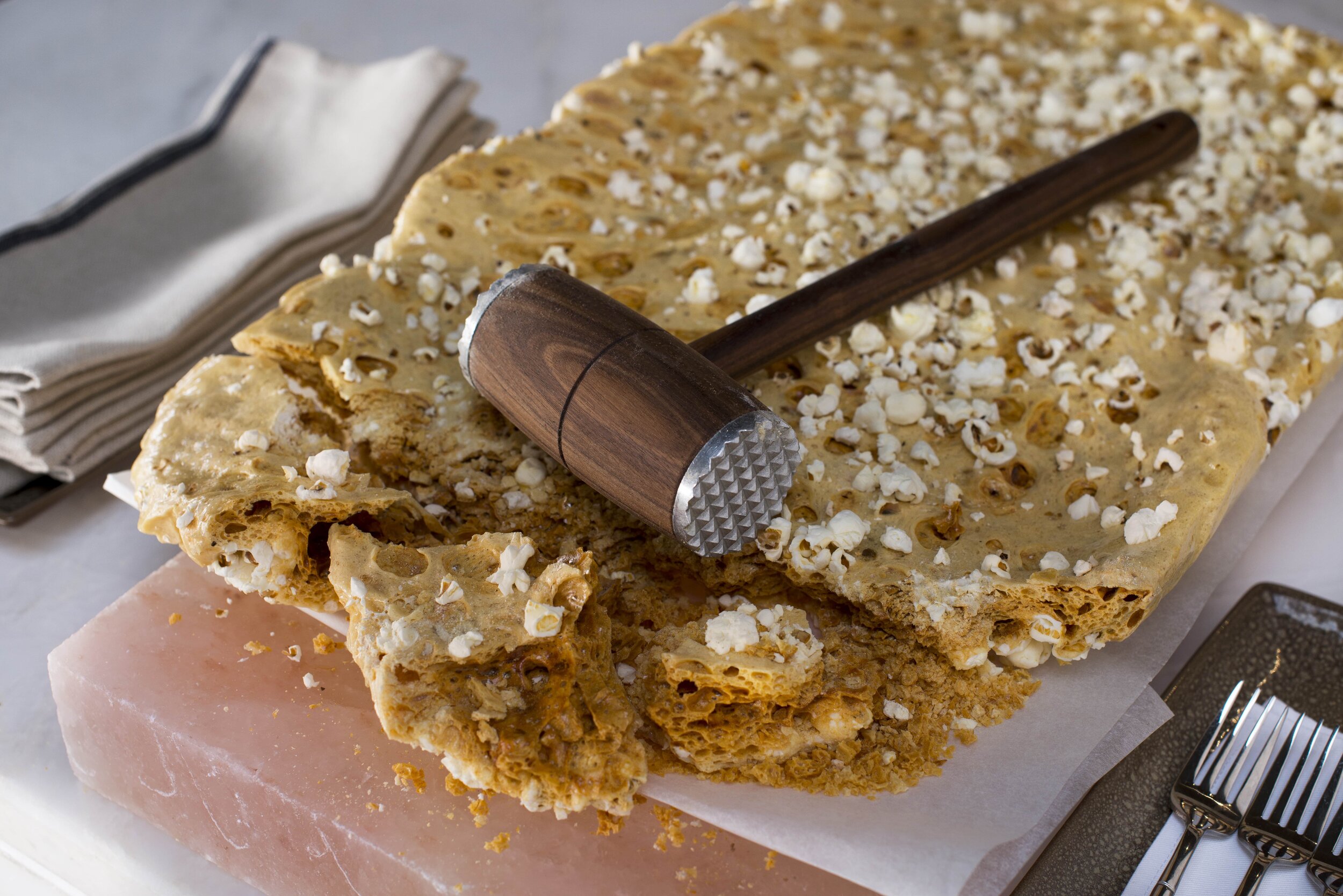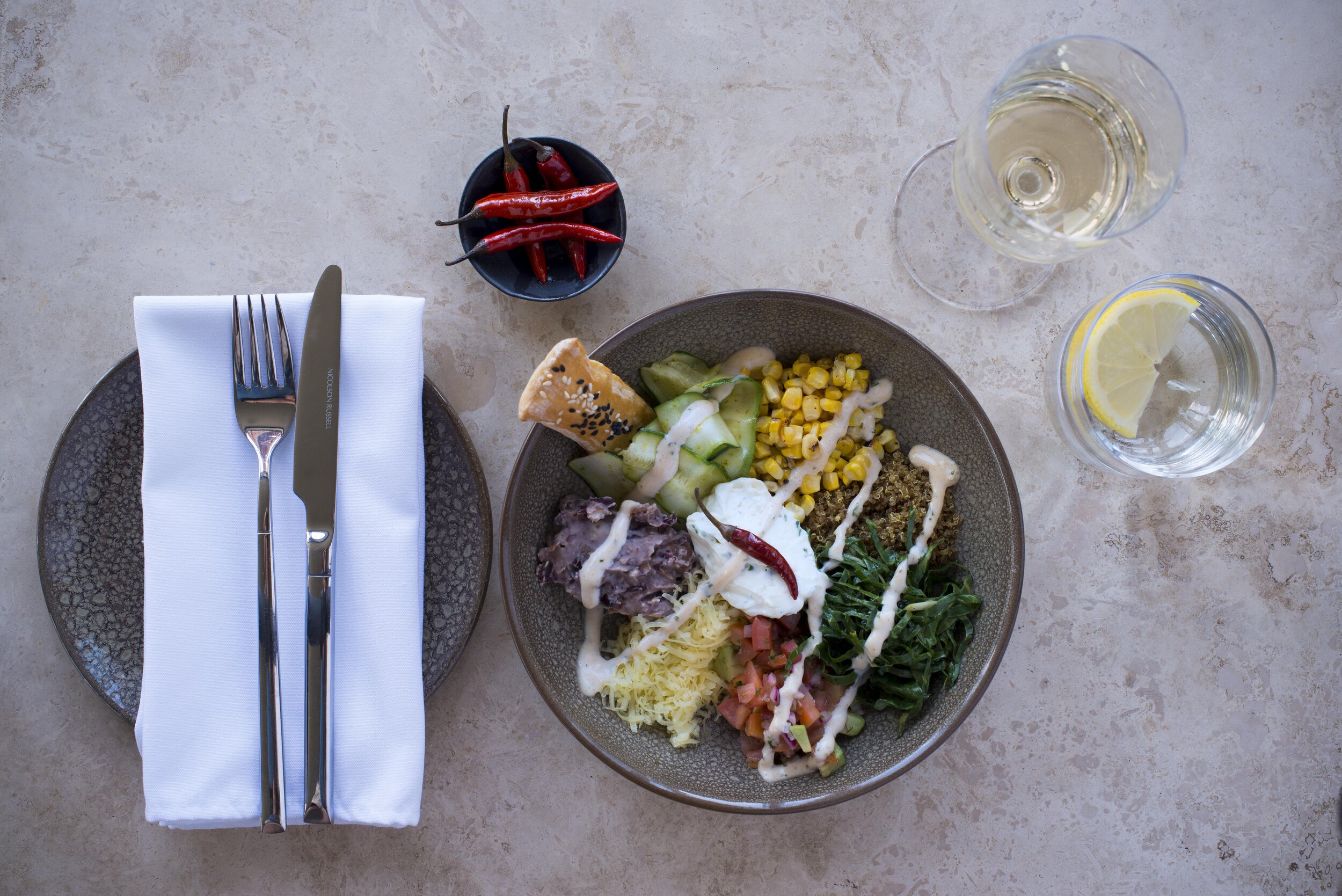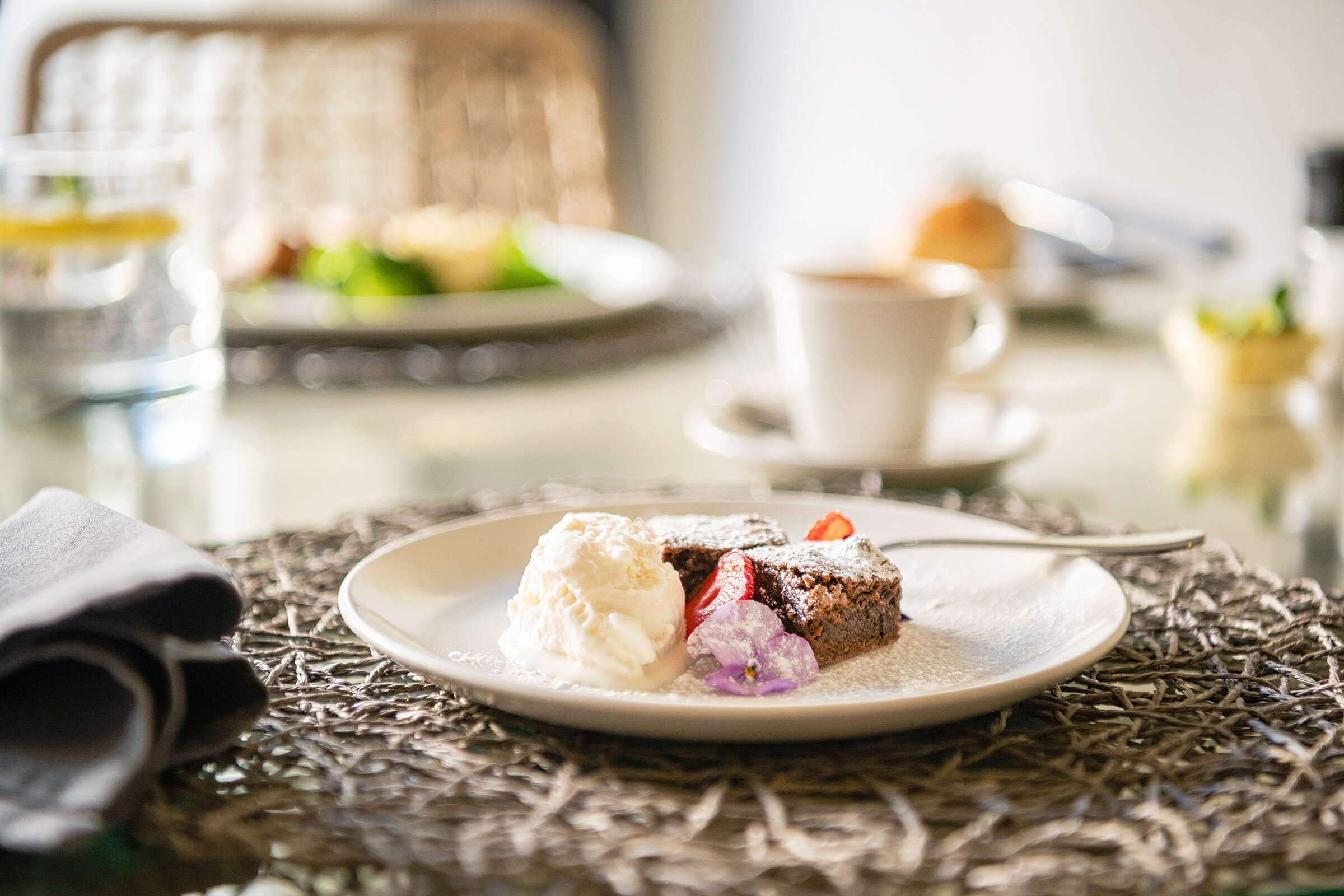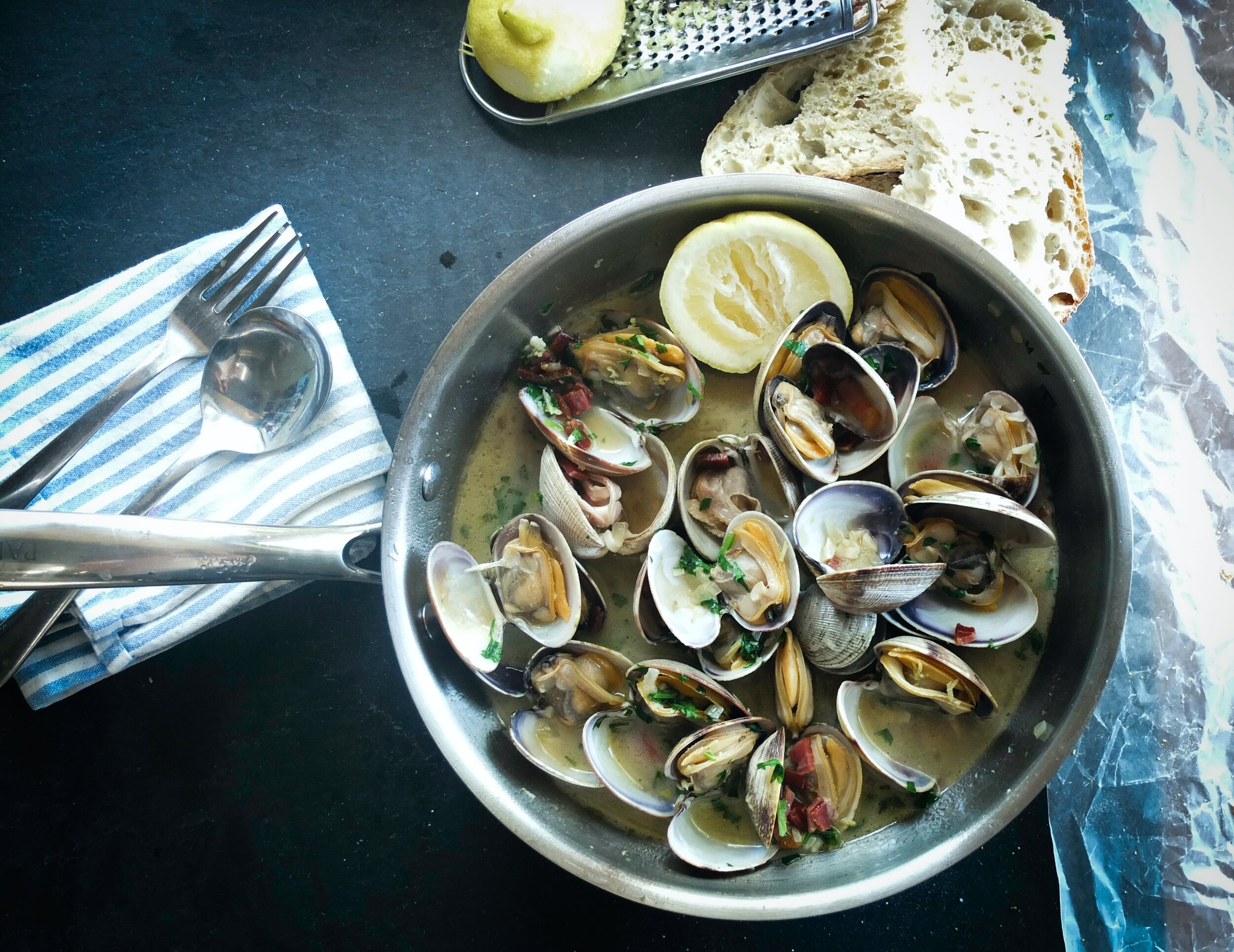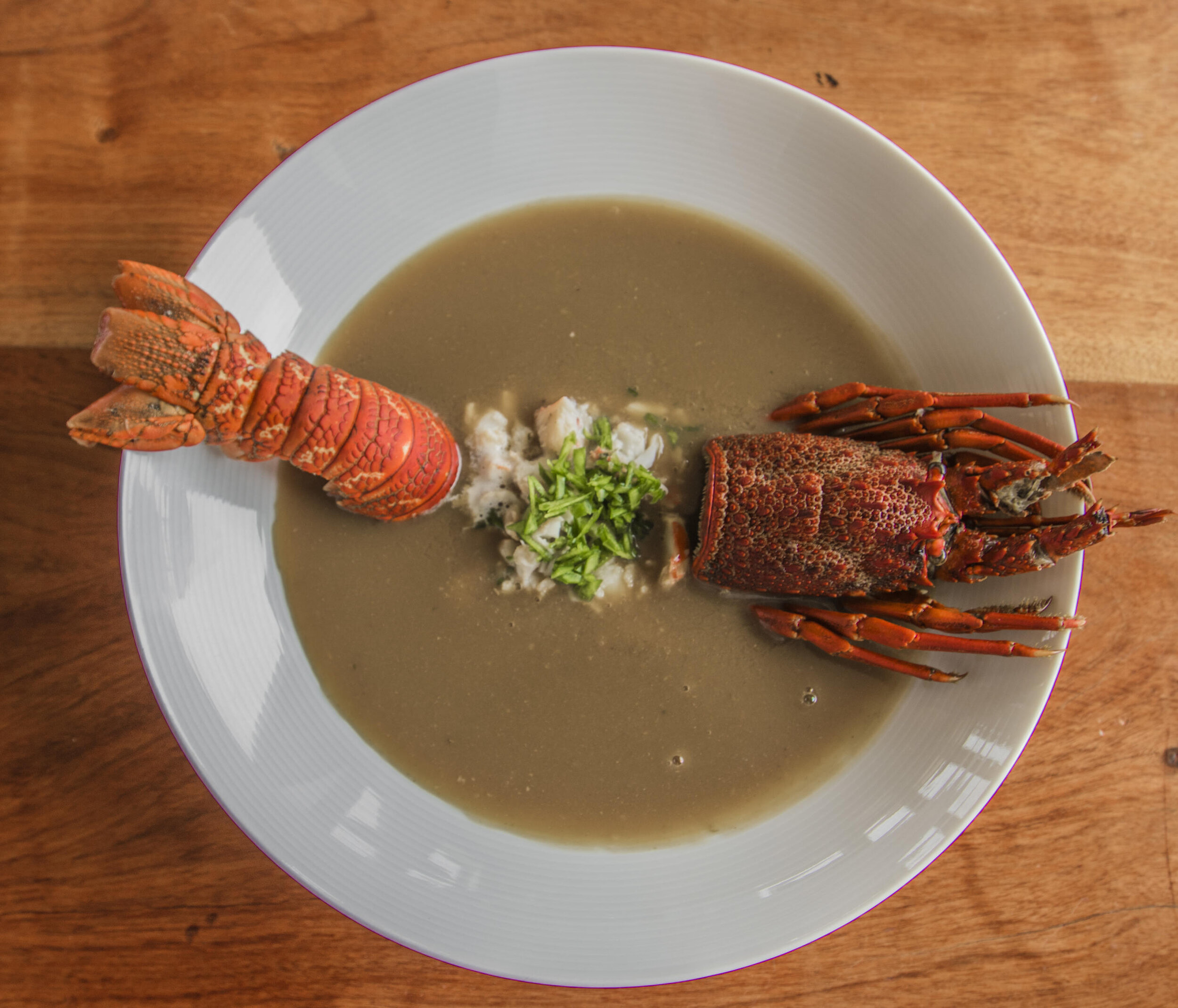A Foodie's Guide to Namibia
Written by Daryll Williams
What you eat in Namibia depends largely on where you are and who you’re with. Although certain foods are common to all of Namibia’s ethnic groups, each have their own specialities. However, some are more appealing than others, especially for carnivores, as the country has a reputation for excellent meat, and game meat in particular.
The basics
Kudu, oryx and other antelope are very common and even form part of some in-flight offerings. Other game meat on offer includes buffalo, and occasionally, giraffe, while seafood is plentiful and excellent - particularly in Swakopmund and Walvis Bay.
Traditional Namibian food consists of a few staples, the most common of which is oshifima, a doughlike paste made from millet, usually served with a stew of vegetables or meat. Other common dishes include ombidi, a rather tasty combination of spinach and beef, as well as mealie pap, an extremely basic porridge.
The restaurants
Most Namibian restaurants in big towns such as Windhoek, Swakopmund and Lüderitz serve a variation of European-style foods - think Italian or French - alongside an abundance of seafood dishes. Here are a few of the best.
Pepata
Pepata restaurant specialises in traditional Namibian food, served in a typical Oshiwambo fashion, and it’s quite an experience for visitors to Windhoek. Expect a comfortable, cosy space, with rave-worthy dishes like Breem Fish and mopane worms!
The Tug
The Tug restaurant is located in the picturesque coastal town of Swakopmund and is stylishly built around the original Danie Hugo tugboat on the seafront overlooking the famous Swakopmund Jetty. The restaurant has an à la carte menu of seafood delicacies which include west coast lobster, prawns, mussels, calamari, cultivated oysters, and Norwegian salmon. They also serve divine desserts such as homemade crème brûlée and tiramisu.
Leo's At The Castle
Literally found in a castle on a hill, Leo's boasts fabulous views across the capital city, Windhoek. Inside, it's all champagne and sepia prints of early-20th-century photographs of the castle. The cuisine is gorgeously prepared and presented. The seasonal menu is not large but focuses on meat, with a couple of fresh fish and vegetarian options.
Kubata City Hotel & Restaurant
Kubata Restaurant is Windhoek’s premier Portugese spot. The restaurant has artistic architecture that channels the famous restaurants in Portugal which afford the ambience and tranquillity of its comfortable atmosphere. The food is primarily seafood-centric, ranging from delicious seafood platters to succulent paellas, Mozambican grilled prawns and grilled lobster, fresh oysters straight from Walvis Bay and the daily fresh fish from the Namibian coast.
Kückis Pub
Kücki’s Pub is situated in the heart of Swakopmund, within walking distance from all major hotels and the main beach of Swakopmund. The pub has a very relaxed atmosphere, with ample space spread across 2 floors - each with its own bar. The meals typically consist of hearty German cuisine, freshly prepared seafood and amazing grills.
Joe's Beer House
Joe's Beerhouse is a must visit restaurant for a hearty dinner in Windhoek, it’s also well known for its décor and legendary atmosphere. Lanterns illuminate the partially open-air dining area. Locals and foreigners mingle and drink craft Camelthorn beers while sitting around picnic tables and makeshift barrel tables with wooden tops. The menu is a mix of German and Namibian dishes, so whether you're in the mood for a good bratwurst or more exotic eland steak, this is where you want to go.
The delicacies
Namibia has a few standout seasonal delicacies you should take the opportunity to sample. Kalahari truffles are dug out of the desert sands of eastern Namibia after the rains in April/May, and used to flavour sauces and soups. Omajova - tasty giant wild mushrooms - are plucked from the bases of termite mounds from late January to March, when they are also available from roadside stalls. Swakopmund asparagus is another favourite, possessing a distinctive flavour due to being grown in brackish water.
The culinary rite of passage for many tourists, though, is the chance to tuck into a bowl of mopane worms. Harvested across northern Namibia (and indeed in other parts of Africa) from February to April, they are actually the caterpillars of emperor moths that gain their name from the fact they are found in mopane trees. Highly nutritious, they are dried and sold as crispy snacks, or cooked in a variety of ways.
Experience Namibia’s unique culinary palate
With Viatu, you can book an extensive culinary crusade across Namibia. Enquire about the trip of your dreams today!

